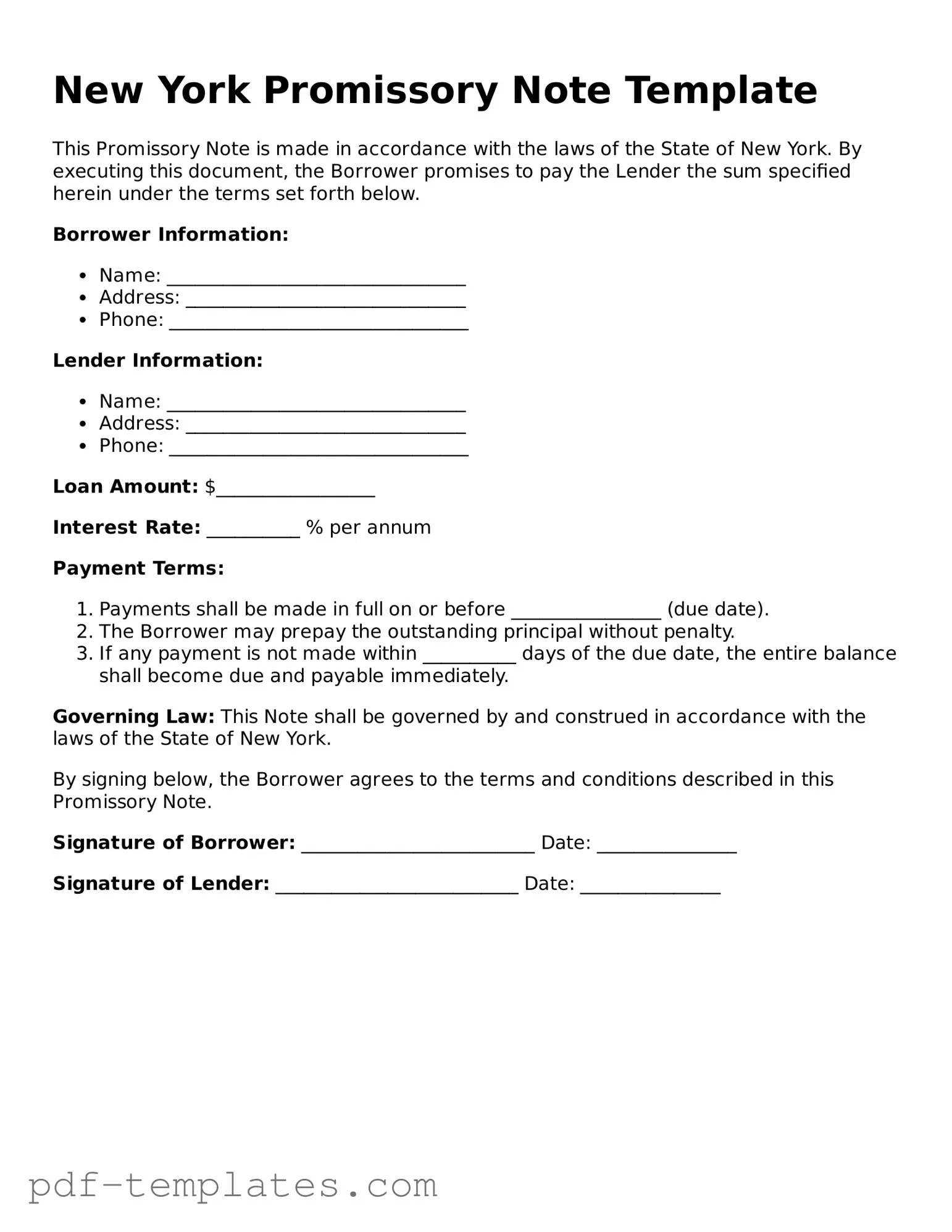A loan agreement is similar to a New York Promissory Note in that both documents outline the terms of a loan between a borrower and a lender. A loan agreement typically provides more detailed information, including repayment terms, interest rates, and any collateral involved. While a promissory note serves as a simple promise to repay, a loan agreement can include additional clauses regarding default, late fees, and other conditions that govern the borrowing relationship.
For professionals navigating the intricacies of the beauty industry, renewing a license in California requires careful attention to detail, as reflected in the Cosmetology License Renewal California form. This essential document, overseen by the State and Consumer Services Agency and the Board of Barbering and Cosmetology, necessitates comprehensive personal information, license type, and applicable fees. Timely submission of the form accompanied by the appropriate fee is crucial to avoid the risks associated with working under an expired license and to ensure compliance with legal requirements. More information can be found at https://formcalifornia.com.
A mortgage is another document that shares similarities with a New York Promissory Note. Both involve a borrower agreeing to repay a loan, but a mortgage specifically secures the loan with real property. In this case, the promissory note represents the borrower’s promise to repay the loan, while the mortgage provides the lender with the right to take possession of the property if the borrower defaults. This dual structure protects the lender’s interests while also formalizing the borrower’s obligation.
An IOU, or informal acknowledgment of debt, resembles a New York Promissory Note in its basic function of recognizing a debt owed. However, an IOU is generally less formal and may not include specific repayment terms or interest rates. While a promissory note is a legally binding document that can be enforced in court, an IOU may lack the same level of legal protection. Still, both serve as evidence of a debt and the obligation to repay it.
A personal guarantee is another document that can be compared to a New York Promissory Note. In this case, an individual agrees to be personally responsible for a debt incurred by a business or another party. While the promissory note outlines the borrower’s commitment to repay, a personal guarantee adds an additional layer of security for the lender. If the primary borrower defaults, the lender can seek repayment from the guarantor, thereby increasing the likelihood of recovering the owed amount.
